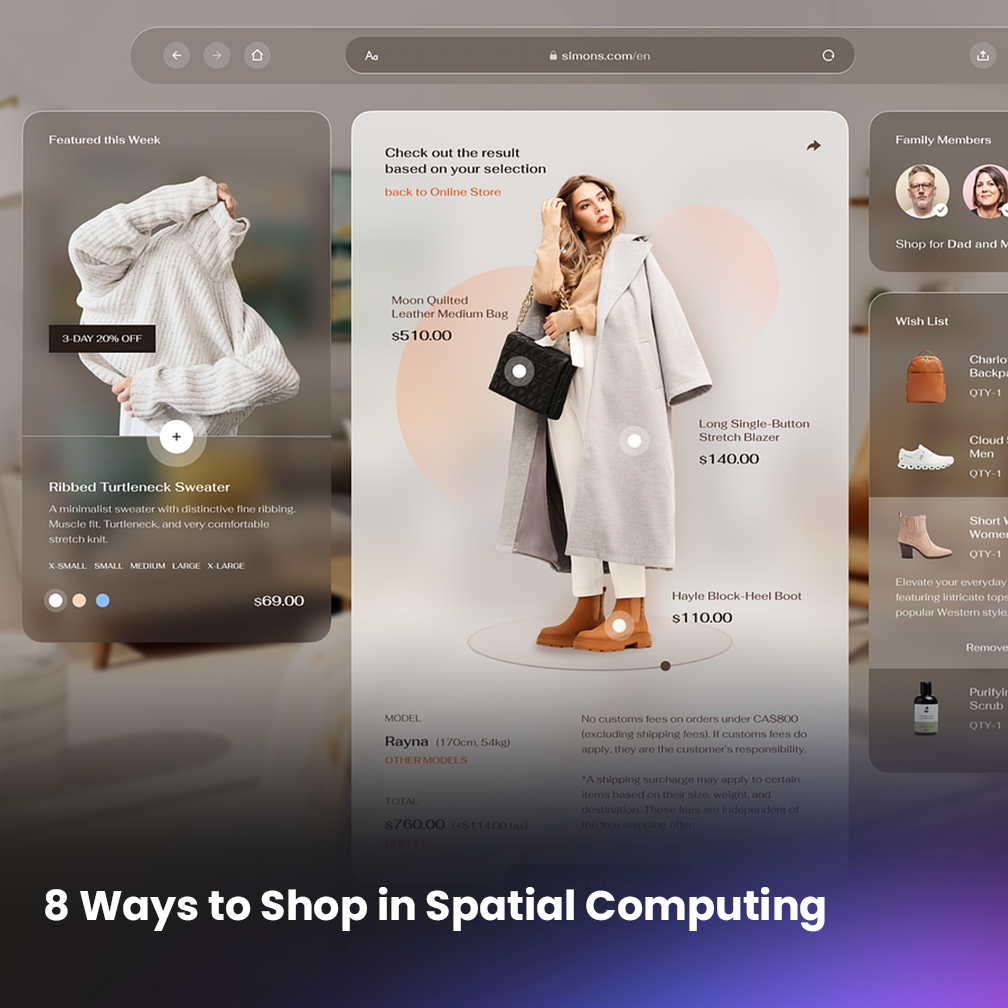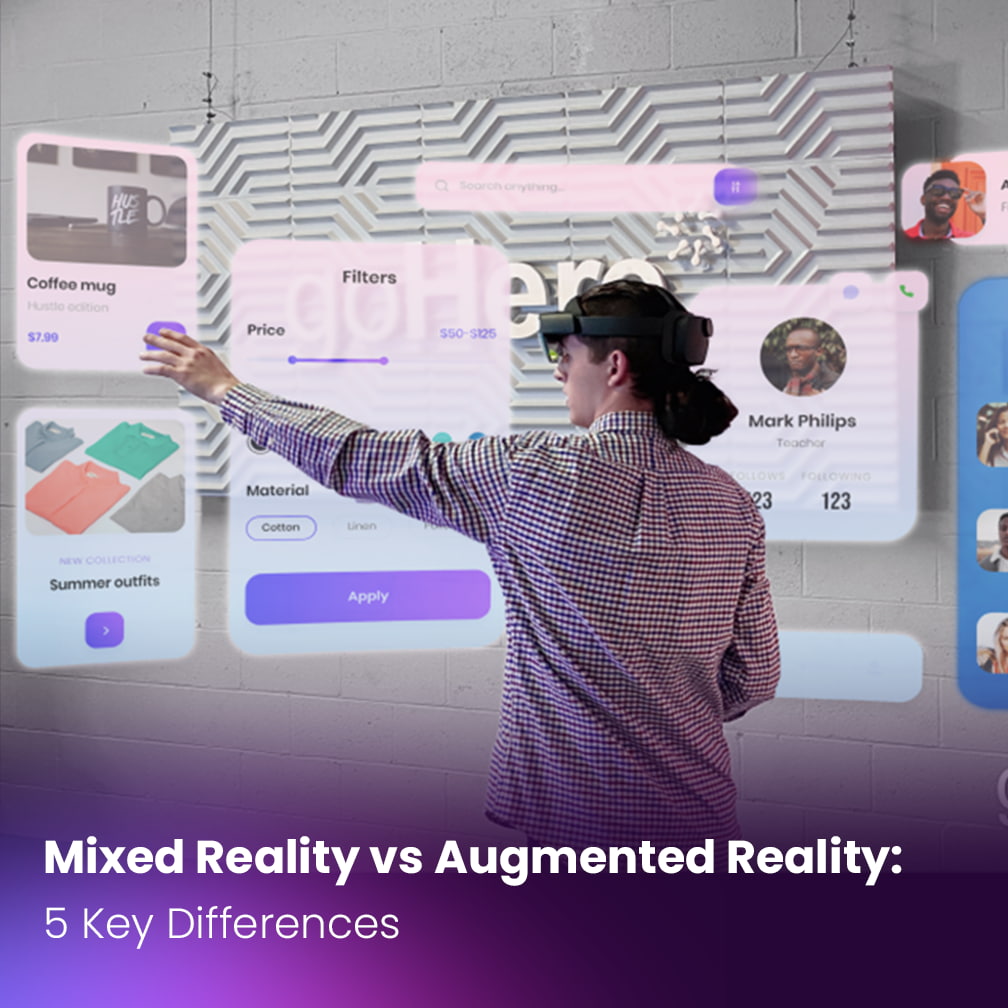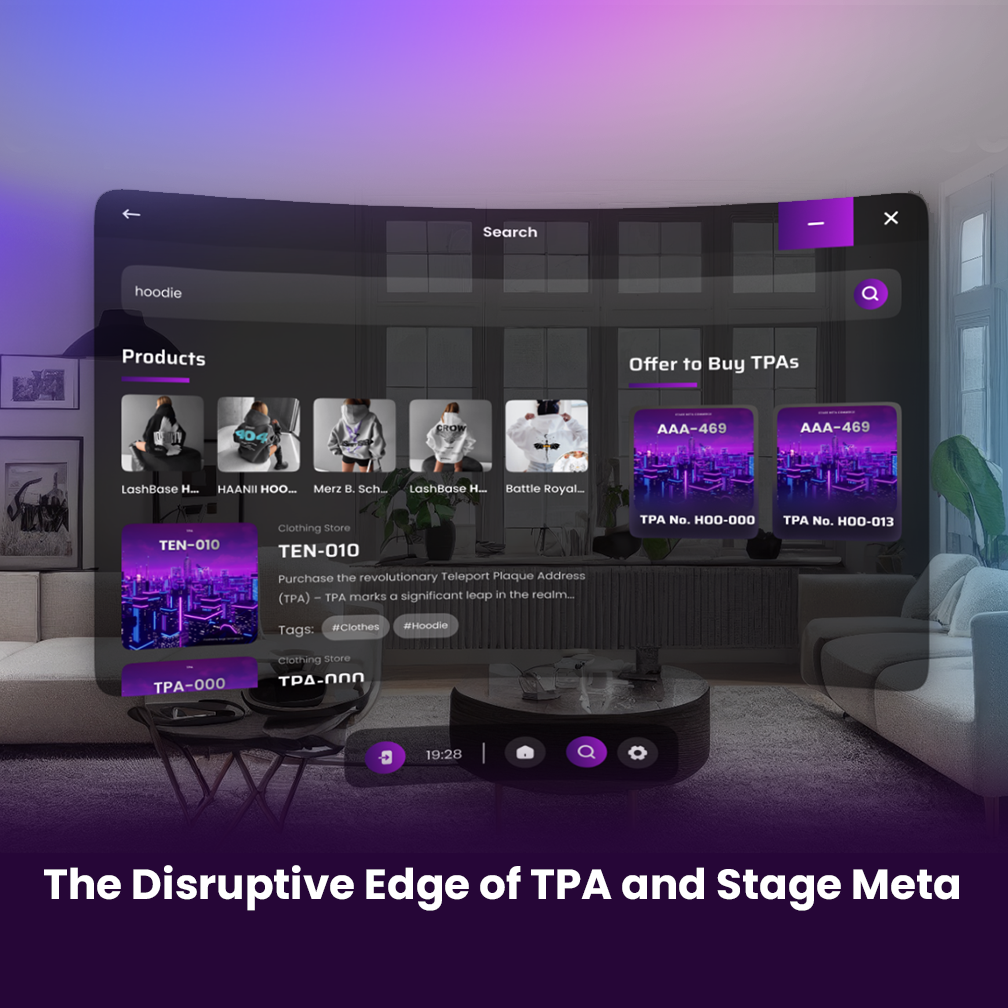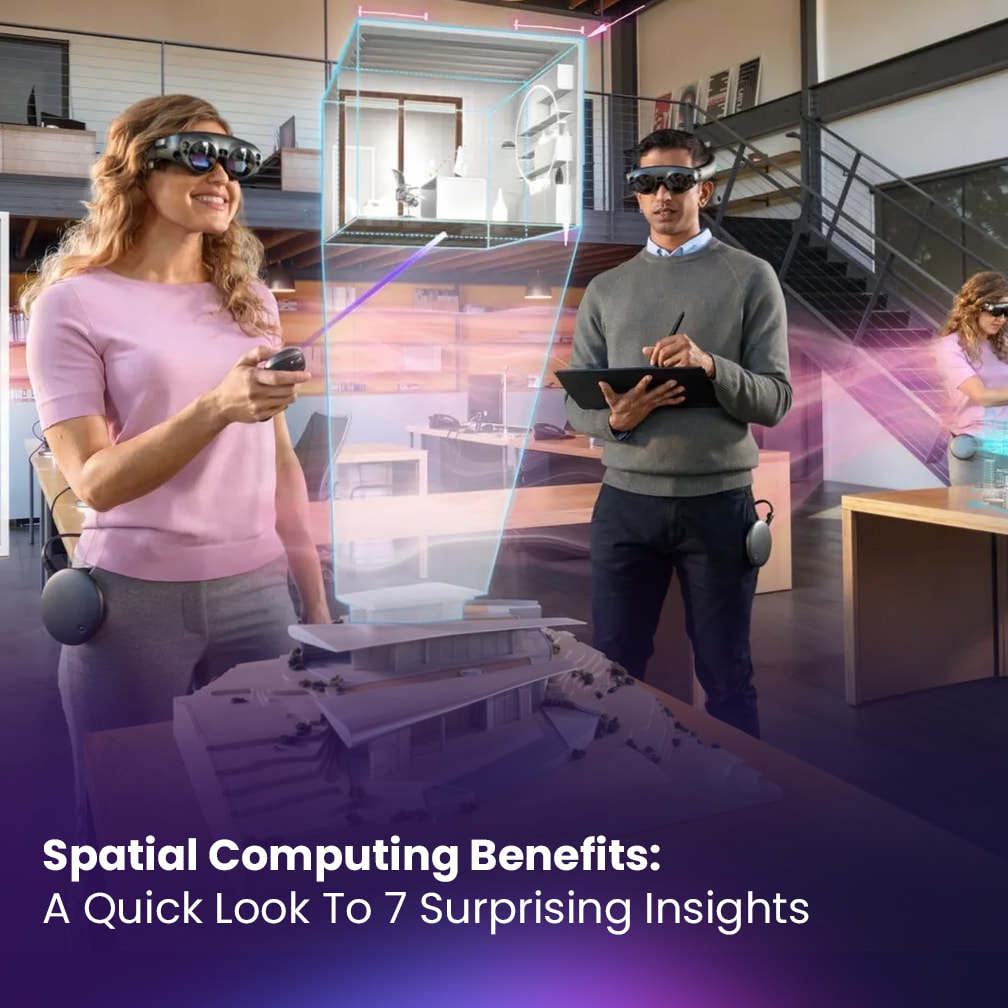
Estimated reading time: 4 minutes
Shopping in Spatial Computing is getting a digital upgrade thanks to augmented reality, virtual reality, and other spatial computing technologies. Forward-thinking brands are leveraging these immersive technologies in innovative ways to enhance shopping experiences, preview products, host virtual events, and deliver engaging customer interactions beyond physical stores.
For consumers, this digital transformation translates to more personalized, convenient shopping experiences through virtual try-ons, digital demos, and interactive previews. On the flip side, for companies, spatial computing enables expanded sales channels, access to valuable user data, and deeper brand connections.
Here are 8 exciting ways brands are enhancing shopping experiences through spatial computing:
Table of contents
- Augmented Reality Changing Rooms
- Immersive VR Product Demos
- Shoppable Livestreams with AR Effects
- Digital Fashion Exclusives
- Virtual Sneaker Drops
- Shoppable 3D Brand Environments
- In-Game Digital Merchandise
- Hybrid Physical/Virtual Stores
- Virtual Fashion Shows Democratize Access
- Virtual Try-Ons Reduce Returns
- Gamified Experiences Boost Engagement
- How Brands Can Prepare for Shop in Spatial Web
- A New Generation of Shopping Awaits
Augmented Reality Changing Rooms
AR applications allow shoppers to digitally try on clothes and accessories. Brands like Dress-X and Gap already offer AR changing rooms, enabling customers to visualize items overlaid on their bodies. This convenient feature eliminates the guesswork and hassle of traditional in-store fitting rooms.
Immersive VR Product Demos
Virtual reality expands demo opportunities beyond physical showrooms. Customers can test drive vehicles, preview appliances, and engage with products through interactive VR simulations before making purchase decisions. It facilitates informed buying and reduces uncertainties.
Shoppable Livestreams with AR Effects
Brands like MAC and L’Oreal have integrated AR effects into livestream shopping events. Viewers can virtually try on makeup while following along and purchasing featured products. This seamless integration of entertainment and shopping enhances engagement and conversion rates.
Digital Fashion Exclusives
The emergence of digital-only clothing and digital accessories for spatial worlds is a growing trend. Brands like Nike and Gucci offer limited virtual fashion drops, where owning scarce digital apparel carries social status within virtual communities.
Virtual Sneaker Drops
Shoe brands are pioneering digital goods with coveted virtual sneaker releases. Customers can purchase scarce spatial sneakers from companies like RTFKT and Deadfellaz to collect and showcase digitally as status symbols within spatial computing.
Shoppable 3D Brand Environments
Some brands create interactive virtual stores within spatial platforms. Customers can browse products in a 3D digital space and make purchases that seamlessly translate back into the real world. This approach expands retail reach and blurs the lines between physical and virtual shopping experiences.
In-Game Digital Merchandise
Gaming spatial platforms like Fortnite and Roblox offer virtual merchandise and spatial collectibles. Players purchase exclusive digital apparel to customize characters without real-world production.
Hybrid Physical/Virtual Stores
Combining real-world shops with AR/VR enhances omni-channel retail experiences. Examples include Walmart’s AR scanning app and IKEA’s VR kitchen planner, which merge offline and online shopping seamlessly. These phygital experiences offer the best of both worlds to customers.
These applications only scratch the surface of the innovations brought by spatial computing technologies. As augmented and virtual realities continue to evolve, our shopping journeys will integrate even more immersive digital elements. Spatial Computing promises to transform retail into a seamless blend of physical and virtual experiences.
Virtual Fashion Shows Democratize Access
Digital fashion shows open up exclusive runway events to a broader consumer base. Designers like Dundas and Decentraland host VR fashion shows, granting anyone front-row access to virtual catwalks. This democratization of engagement expands brand reach and inclusivity.
Virtual Try-Ons Reduce Returns
AR beauty apps enable shoppers to digitally test products before purchase. Virtual try-on technology from companies like Perfect Corp and ModiFace reduces buying friction, leading to higher conversion rates and fewer returns. It’s a win-win for retailers and customers alike.
Gamified Experiences Boost Engagement
Gamification adds an element of fun to shopping experiences. Apps like Sephora’s Virtual Artist and L’Oreal’s makeup sampler gamify the process with points, ratings, and competitions among friends. This blend of entertainment and shopping fosters brand loyalty and engagement.
How Brands Can Prepare for Shop in Spatial Web
Here are 5 tips for brands looking to incorporate spatial computing elements into their shopping experiences:
- Take small steps first with targeted pilots before committing major resources.
- Focus on solving customer pain points versus just chasing tech trends.
- Partner with AR, VR, and blockchain experts to complement internal capabilities.
- Provide mobile-first omnichannel shopping integrating physical and digital.
- Analyze data from virtual touchpoints to optimize experiences.
A New Generation of Shopping Awaits
While we’re still in the early stages, the trajectory is clear – spatial computing technologies are reshaping shopping experiences in unprecedented ways. Retail is evolving from transactional to experiential, bridging the gap between physical and digital realms.
For forward-looking brands, the next generation of retail powered by spatial computing holds immense potential to engage customers, drive sales, and gain a competitive edge. Are you prepared to meet shoppers in this dynamic new landscape of spatial computing-enhanced shopping experiences? The future is here, and it’s time to embrace it!








